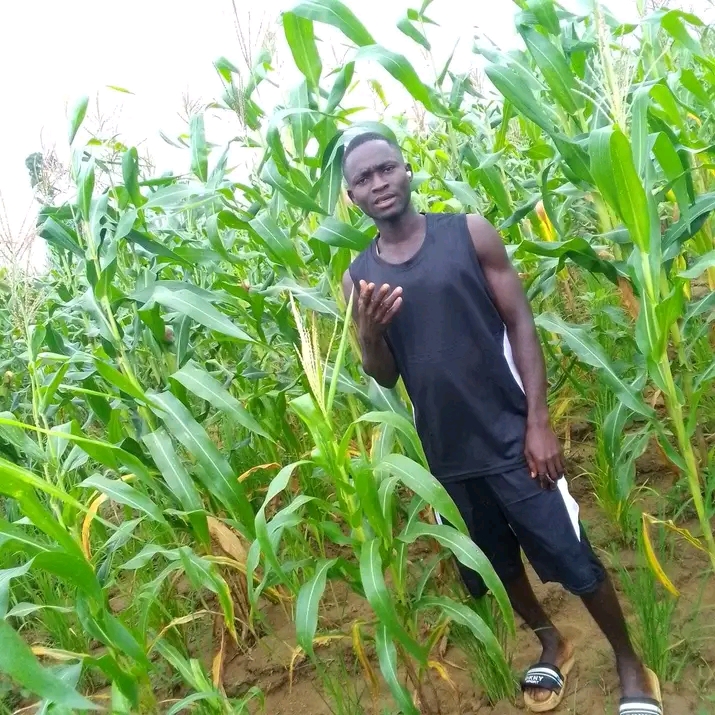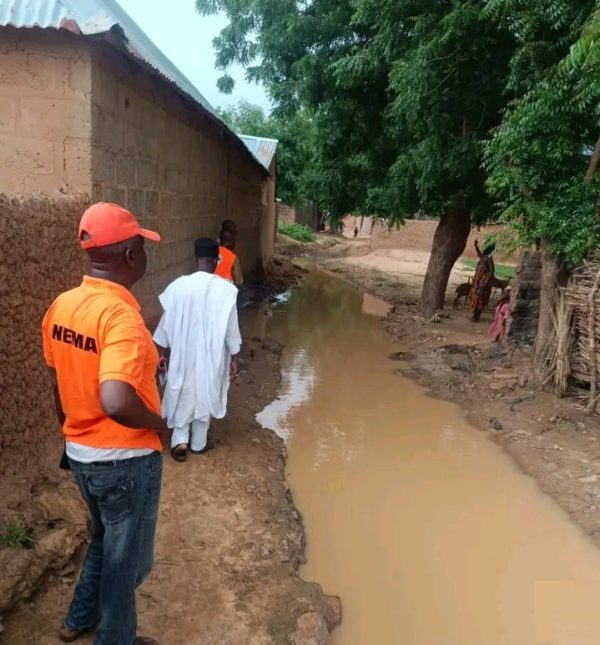In recent years, the effects of climate change have been felt across the globe, and Sokoto State, located in the semi-arid region of Nigeria, is no exception. Historically known for its low and irregular rainfall, Sokoto is now experiencing a significant shift in weather patterns, with this season’s rainfall levels breaking records.
According to the Nigerian Meteorological Agency (NiMet), Sokoto’s annual average rainfall typically ranges between 500mm and 1,300mm. However, this year, rainfall has exceeded 1,300mm, marking a remarkable deviation from the norm. This shift in weather patterns was anticipated earlier in the year when NiMet, during its 2024 public presentation of Seasonal Climate Prediction (SCP) in Abuja, forecasted above-normal rainfall in parts of the country. Professor Charles Anosike, Director General of NiMet, had hinted at the potential for such an occurrence in Sokoto saying, “However, other parts of the country are likely to observe normal to above-normal annual rainfall amounts”.
Unpacking the Causes: What’s Driving This Weather Change?
ASHENEWS sought insight from experts to understand the factors behind this climatic shift. Mr. Abdullahi Bello, Director of Sokoto State Climate Change, attributes the increase in rainfall to a combination of global warming and regional climate variations. “The increased rainfall in Sokoto is due to a mix of factors, including warmer sea temperatures in the Atlantic Ocean and changes in weather patterns,” he explained.
This surge in rainfall can be linked to the broader effects of climate change, particularly the warming of ocean surfaces, which affects weather systems globally. The implications of these changes are multifaceted, affecting everything from agriculture to local communities.
Agriculture: A Boon or Bane?
Agriculture, the backbone of Sokoto’s economy, has been significantly impacted by the increased rainfall. While some farmers are rejoicing over the improved crop yields, others are concerned about the adverse effects on certain crops.
Musa Gwaronyo, a farmer from Goronyo, expressed optimism about the season: “Glory be to God, this season, our farm produce is in good shape. It will yield in quantum with a reduced effort from us watering it, that is if the rain continues.”
However, the increased rainfall is not without its drawbacks. Crops like garlic, millet, and sorghum, which thrive in drier conditions, are at risk of poor yields due to excessive moisture. This mixed outcome has led experts and agencies to emphasize the need for farmers to adapt their practices to the changing climate.
Although, NiMet predicts an early end of the season for several states in the northern region, including Yobe, Jigawa, Sokoto, Kebbi, Kano, Kaduna, Plateau, Nasarawa, Taraba, Gombe, Bauchi, Cross River, Ebonyi, Ogun, and Lagos.
Local Communities: Flooding and Infrastructural Challenges
The rainfall has had a profound impact on local communities in Sokoto. The city has experienced significant flooding, with water invading shops and homes, causing disruption to daily life. Abdulrazak Ishmael, a shop owner in Sokoto, lamented, “Our shops are flooded; it’s really a bad experience. Almost every year we experience something similar, but this year’s is different. I think the government needs to act fast.”
Motorists and pedestrians have also been affected, with many reporting dangerous road conditions. Abdullahi Sani, a commercial driver, shared his frustration: “Whenever it rains, it’s almost impossible to drive safely. The situation is frustrating for us. It inconveniences us and the passengers.”

“Some of us have to pass through the water, we have no choice and the water is moving fast in some areas. It’s making everyday activities very difficult.” Favour Ayuba, a pedestrian.
The rainfall, submerging several roads, particularly in lanes like Gusau road and other secondary routes in the capitol, make some residents concerned about the lack of adequate drainage systems to handle the excess water.
“Every time it rains like this, the roads get flooded, and it feels like nothing is being done to fix it, we need better drainage to prevent all these from happening.” Garba Inno, another motorist, complained.
The flooding has sparked concerns about the state of Sokoto’s infrastructure, particularly the inadequate drainage systems. Roads like Gusau Road have been submerged, making travel difficult and raising questions about the government’s preparedness for such weather events.
The severity of the situation was underscored by the flooding in Gada Local Council on July 20-21, 2024, where over 1,664 people were displaced, 162 houses destroyed, and livestock swept away. This disaster had been predicted by the National Meteorological Commission, highlighting the urgent need for better infrastructure and disaster preparedness.
Government Response: A Step in the Right Direction?
In response to these challenges, the Sokoto State government has allocated funds in the 2024 quarter 1 budget for constructing drainage systems, culverts, and flood prevention infrastructure. This move is aimed at mitigating the impact of flooding and addressing the broader water-related disasters exacerbated by climate change.
Mr. Abubakar Gani, Public Relations Officer of the Sokoto State Ministry of Environment, urged residents to exercise caution while navigating affected areas, acknowledging the challenges posed by the flooding.

Efforts are also underway under the World Bank-assisted Nigeria Erosion and Watershed Management Project (NEWMAP) and the Agro-Climatic Resilience in Semi-Arid Landscapes (ACReSAL) program. In 2021, Sokoto state, under these projects executed N3 billion erosion control project titled: “Mabera Storm Water Management Works” in an effort to combat the impact of climate change.
Also, through the Agro-Climatic Resilience in Semi-Arid Landscapes (ACReSAL), a World Bank institutionalised programme, the state successfully rehabilitated the dilapidated Lugu dam as part of the water control and land reclamation project in Wurno local government.
However, these initiatives have yet to cover the state’s metropolis, a gap that ACReSAL State Project Coordinator, Mr. Ibrahim Umar Gatawa, hopes will be addressed with future policy expansions. Gatawa mentioned that while the current project is limited, efforts are being made to address some of the pressing issues within the metropolis.
“The only thing we can do is extract the dirt in the available drainage to allow proper water flow, and that will start any moment now because we have already engaged the contractors,” he said.
The Way Forward: Addressing Recurring Issues
As the rainy season continues, the residents of Sokoto remain hopeful that proactive measures will be taken to prevent the recurring flooding that has become a regular feature of their lives. The need for sustainable solutions is clear, with the focus on improving infrastructure and expanding the scope of current projects to cover more vulnerable areas.
Sokoto’s experience this season is a stark reminder of the broader impacts of climate change. It highlights the urgent need for adaptation and resilience-building in communities across Nigeria and beyond. As the state grapples with these changes, the hope is that lessons learned this season will lead to more effective policies and actions in the future.

